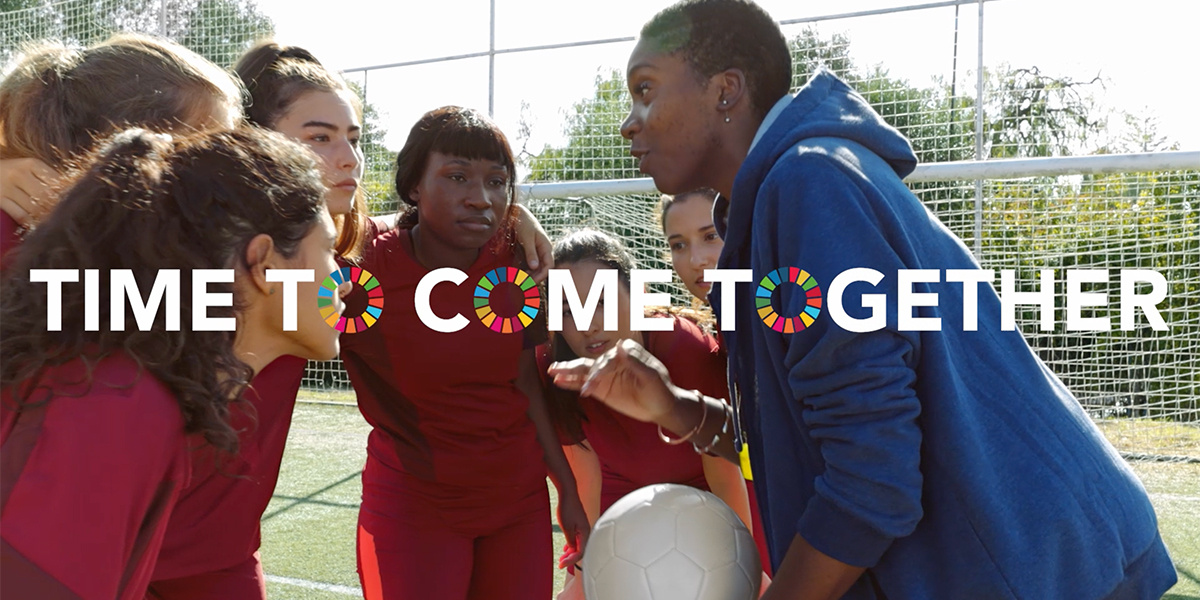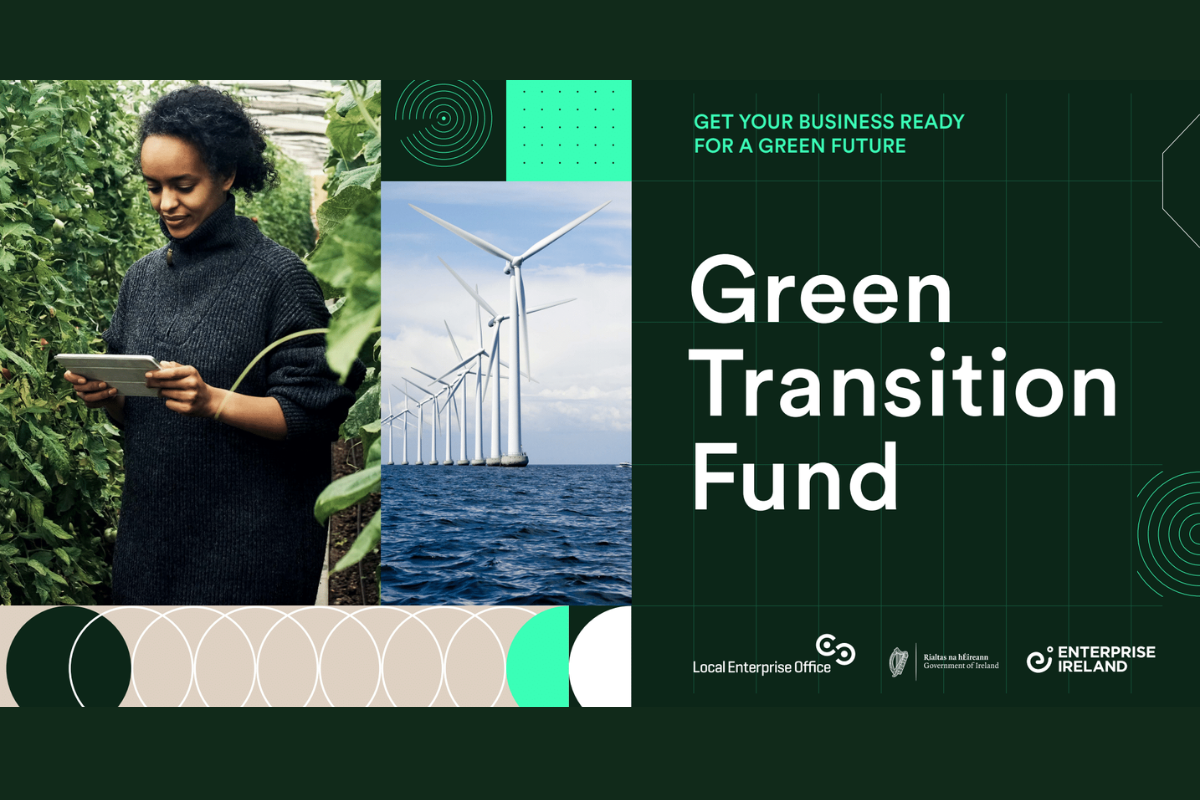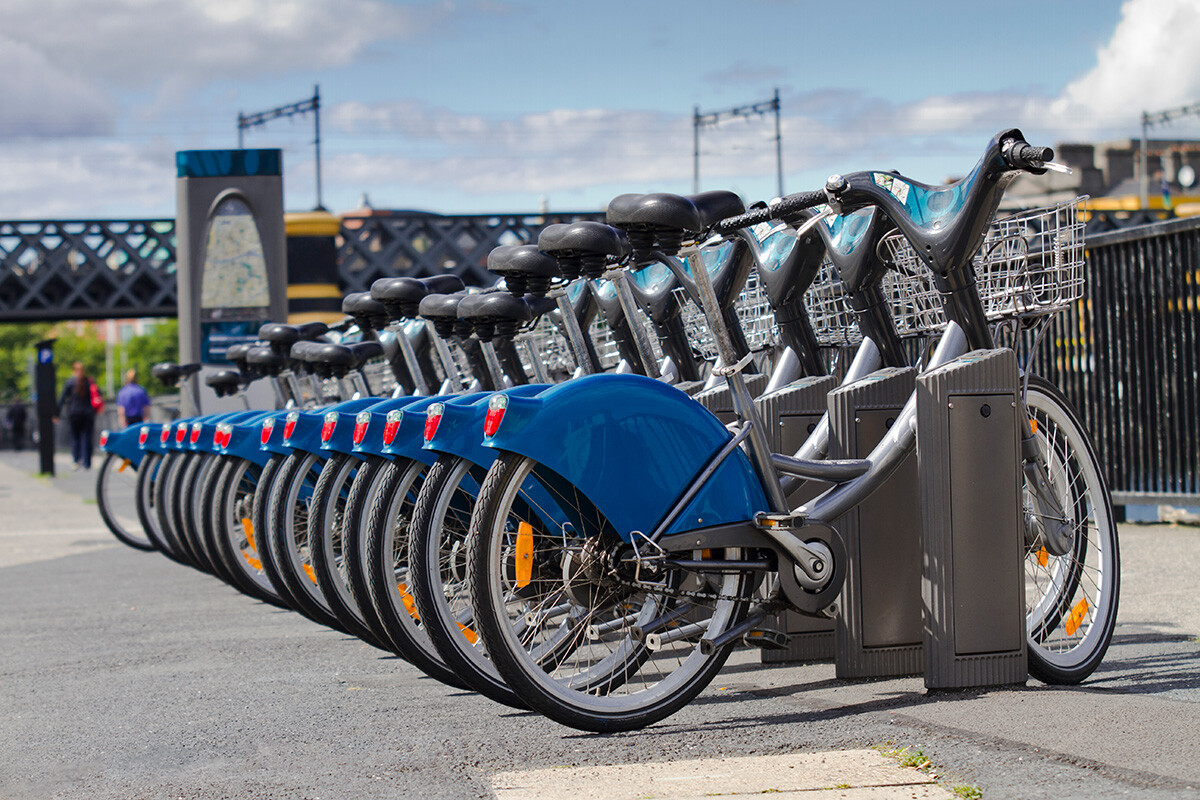10 Ways to Promote ESG & Workplace Sustainability
It’s not just on operations that businesses need to set their sustainable sights. Sustainability in the workplace, like charity, begins at home. In a...
6 min read
Caroline Geoghegan : Sep 14, 2023 3:03:50 PM

In a world filled with pressing global challenges, from climate change and poverty to inequality and health crises, finding effective solutions can seem overwhelming.
However, every September, during Global Goals Week, the world comes together to remind us of a powerful truth: collective action has the potential to bring about transformative change. This blog explores the remarkable impact of collective action during Global Goals Week.
In 2015, World Leaders united behind an ambitious aim to achieve 17 core goals. One year later in September 2016 a strategic alliance of key stakeholders rolled-out the inaugural Global Goals week, a critical launchpad for a worldwide awareness campaign to help achieve those social, environmental and healthcare-oriented goals.
Eight years on, we take a look at what Global Goals week is about, what it has achieved, and what is still left to do.

A UN-led initiative, Global Goals Week is global platform to drive societal, environmental, economic, commercial, political and legislative change.
It’s call to action is for us all to form a universal collective, forging alliances to power the positive changes needed to make the world a better, fairer, cleaner, safer and more equal place to live.
Held annually in mid-September, Global Goals week is marked by a series of events held in participating countries around the world in support of a UN-driven global campaign to highlight the need to address global poverty, discrimination and gender inequality, and of course, the climate crisis.
These issues and more, formed the basis of the 17 strategic goals with the Global Goals leadership collective has set itself the target of achieving by the year 2030.
“Global Goals Week is an annual week of action, awareness, and accountability for the Sustainable Development Goals.”
UNSCN.org

During Global Goal’s short Voices for Change video, the voice of a child can be heard saying, “I want to end world poverty”, while a woman’s admonishing tone informs us that “Everything we need, has already been made”. Later on, another woman’s voice is heard to bemoan the fact that the “Climate Crisis is accelerating”.
This video cleverly uses the voices of real people from across the globe, many of whom are already suffering from the impacts of poverty, poor sanitation, social suppression or lack of education due to climate change, bad government or legacy prejudice. These are the voices of the 17 goals, listed below.
By giving those goals human voices, the stakeholders and activists behind this initiative have actualised them or made them real through sound and vision. When you hear a child’s voice saying “everyone should have clean water”, it strikes more of a chord than any font or writing style ever will. In this way, the protagonists are optimising their chances of increasing our engagement with the drive to “create a world where extreme poverty is eradicated, climate change is properly addressed, and injustice and inequality are unacceptable.” - ProjectEveryone.org
You can watch the official Global Goals interactive video exploring and explaining the rationale behind and anticipated benefit of achieving these 17 goals by clicking on this link.
It's important to note that the impact of Global Goals Week is ongoing and continually evolving.
As the world progresses toward the 2030 deadline for achieving the SDGs, the week continues to be a critical catalyst for collective action and global awareness.
We’re at halftime and only 15% of the #GlobalGoals are on track. Positive is progress had been made in poverty reduction, maternal and child health, access to electricity, and gender equality, but not enough to achieve the Goals by 2030 as planned.
In other areas, such as reducing inequality, lowering carbon emissions and tackling hunger, more work needs to be done at a faster pace.
The level of progress varies widely between countries and regions, and several challenges such as the COVID-19 pandemic in 2020 posed significant setbacks to achieving some of the SDGs, particularly in areas such as poverty reduction, healthcare, and education. most recently, the cost of living crisis, natural disasters and climate emergencies are causing restriction on moving forward, where many countries are now staring into “financial hardship”, struggling to keep the resources needed to the 2030 Agenda for Sustainable Development.
However, even with delays and setbacks it is important for unity and progression that we continue with the Goals to gain the World We Want!

In their own words,
“For each of the 17 Goals there are many positive actions you can take to make a real change."
There’s a raft of changes your organisation can make to help achieve global change starting with having dialogue with employees.
By targeting a small selection of viable objectives, organisations from differing environments and economic landscapes can effect changes achievable within the parameters of their domain.
“Big challenges need bold action to overcome them”
globalgoals.org
Ireland of 2023 is an Ireland with a reputation for being a progressive and just society, yet discrimination, gender imbalance, economic disparity and climate denial are still pervasive across our commercial landscape, and while many issues are beyond our control, many are within it.
One key remedial step your organisation can take to effect social, environmental and healthcare change is to implement an integrated QEHS Management System or, indeed, to scale existing MSs into a cross-standard management system.
A QEHS MS will ensure your organisation develops, deploys and maintains best-practice frameworks to deliver optimal client-centric health & safety, environmental and sustainable policies, procedures and methodologies. In this instance, the term client refers to all interested parties - customers, employees, partners and all other stakeholders across the supply chain or business network.
Alone, we can’t solve the big world problems of today. Together, we can empower each other to achieve the achievable. And a trusted starting point to deliver a cleaner, greener, safer and economically buoyant world is through adherence to and synchronicity with ISO standards.
Global Goals Week runs from 15th to 24th September. To join in the campaign, log onto sdghalftime.org or sign up here to receive their newsletter.
Join the United Nations for “critical SDG Halftime Campaign this year, because any match is won in the second half.
Let’s regroup, re-energise and win together.”
globalgoals.org
By their very nature, ISO Management Systems offer organisations a myriad benefits;
1.
Enhanced Customer Satisfaction: ISO 9001 focuses on meeting customer requirements and delivering consistent, high-quality products or services. By implementing this standard, you ensure that customer needs are met, leading to improved customer satisfaction and loyalty.
1.
Process Efficiency: ISO 9001 promotes efficient processes and continuous improvement. Through standardised processes and systematic monitoring, your business can identify and eliminate inefficiencies, reducing waste and costs.
3.
Risk Management: ISO 9001 emphasises risk-based thinking. By identifying and addressing potential risks to product quality and customer satisfaction, you can proactively manage risks and prevent issues.
2.
Increased Competitiveness: ISO certification is recognised globally and can give your business a competitive edge. Many customers and partners prefer to work with certified organisations as it signifies a commitment and reliability.
5.
Stakeholder Confidence & Engagement: ISO 9001, ISO 14001 & ISO 45001 certification instills confidence in stakeholders such as employees, customers, investors, and regulatory bodies. It demonstrates your dedication to delivering consistent quality, commitment to environmental sustainability and enhance your relationships within communities where your business operates. Certification will positively impact your reputation.
6.
Environmental Responsibility: By implementing sustainable practices, waste reduction strategies, and resource-efficient processes, you contribute to environmental conservation. prioritises employee safety. This can enhance your reputation and build trust.
7.
Regulatory & Legal Compliance: ISO 14001 ensures that your business stays compliant with environmental regulations. ISO 45001 ensures compliance with occupational health and safety regulations, this minimises the risk of legal issues, fines, and reputational damage associated with non-compliance, while also showing your commitment to employee welfare.
3.
Cost Savings: Environmental responsibility often leads to cost savings, energy efficiency measures, waste reduction, ISO 45001 will help staff turnover therefore saving costs on annual hiring and new staff training, with increased staff retention. Certification can leads to positive brand reputation, repeat business, and referrals.
9.
Innovation and Market Opportunities: By embracing eco-friendly practices and aligning with growing consumer & employee demand for sustainable products and services, ISO 14001 can open up new markets and business opportunities.
10.
Enhanced Customer Satisfaction: ISO 9001 focuses on meeting customer requirements and delivering consistent, high-quality products or services. By implementing this standard, you ensure that customer needs are met, leading to improved customer satisfaction and loyalty.
11.
Employee Safety and Wellbeing: ISO 45001 prioritises the health and safety of your employees. By identifying and mitigating workplace hazards, you create a safer work environment that reduces accidents, injuries, and absenteeism.
12.
Improved Employee Morale: Investing in employee health and safety demonstrates that your business values its workforce. This can boost employee morale, job satisfaction, and retention.

It’s not just on operations that businesses need to set their sustainable sights. Sustainability in the workplace, like charity, begins at home. In a...

A major review of climate change science says that while the world is likely to pass a dangerous temperature threshold in the next decade, the worst...

In an age where Sustainability has rapidly become a core strategy of most Irish businesses, Carbon Footprinting is a key step in developing a...